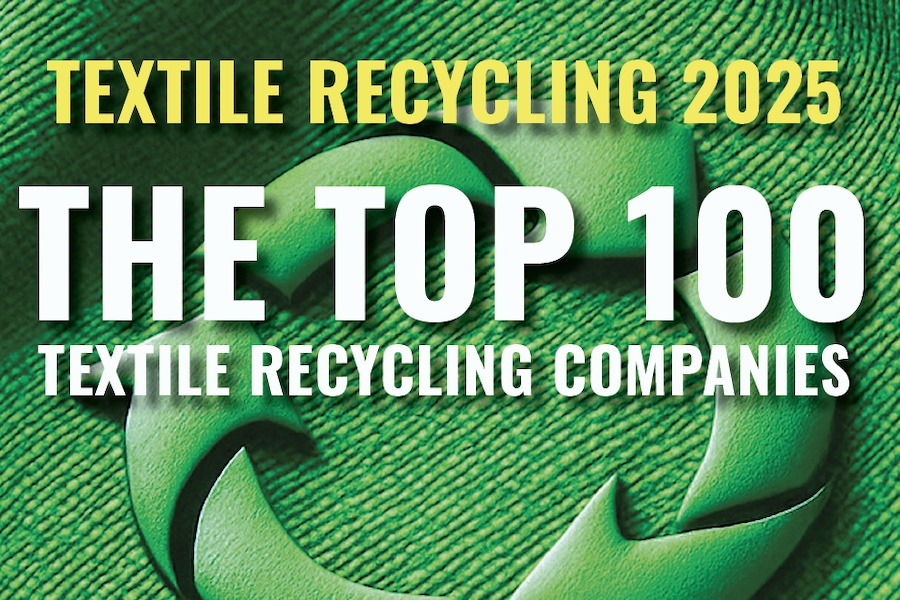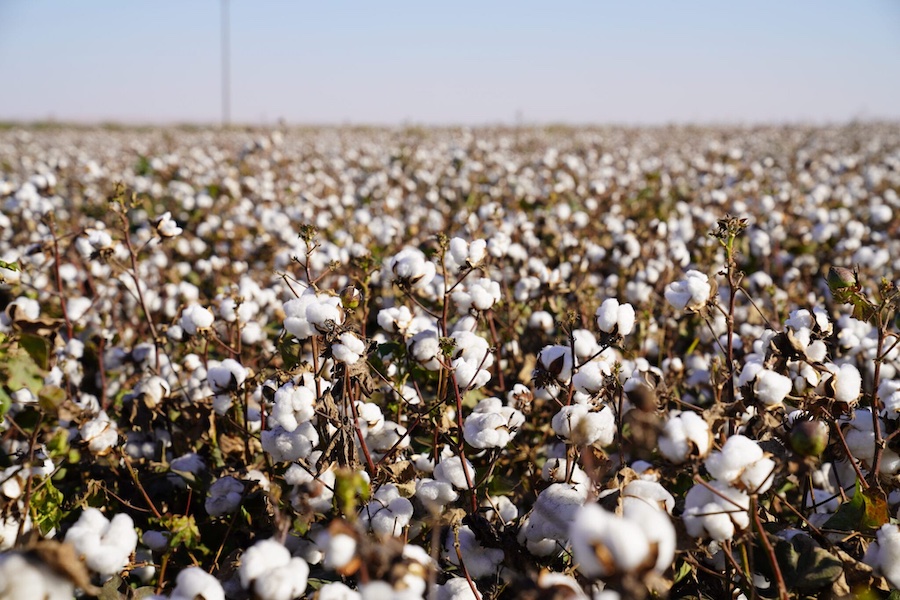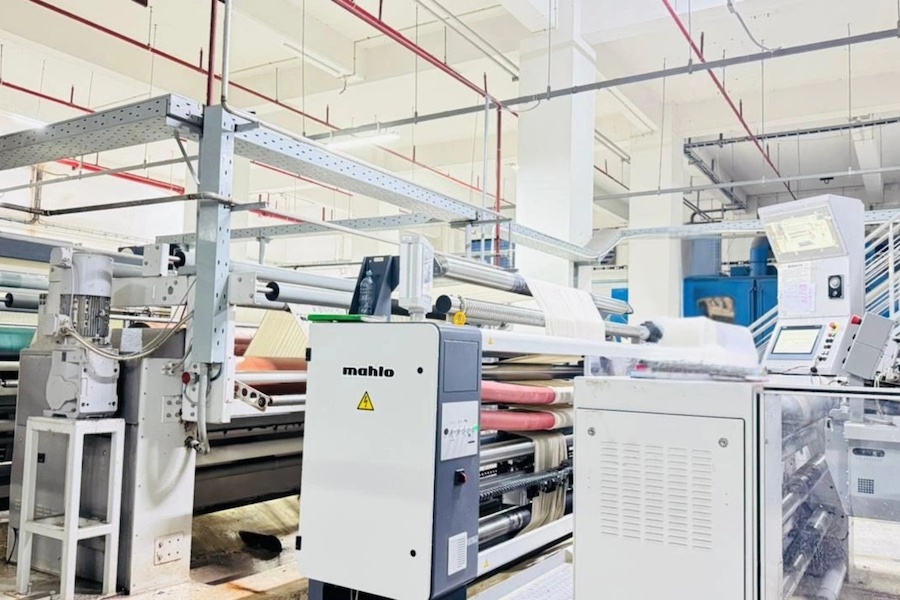#Raw Materials
Spinnova helps brands tackle climate change: SPINNOVA® production saves more CO2 emissions than it emits

Textile fibres are estimated to be the single largest contributor of greenhouse gas emissions in the fashion industry. Spinnova is at the forefront of helping brands significantly reduce their emissions and has now verified its climate impact with an expert assessment with the help of an external climate business consultancy. Their assessment shows that Spinnova’s carbon footprint is 1.28 kg CO2e/kg fibre which is 72% lower compared to conventional cotton (4.6 kgCO2e/kg fibre).
The only by-product of Spinnova’s first commercial factory is carbon neutral surplus heat, which will be reused in a local district heating network, reducing 3.2 kg CO2e/kg of emissions that would otherwise be produced in generating district heat. Taking this into account, Spinnova’s production actually saves more CO2 emissions than it emits. The emission savings of Spinnova’s annual production correspond to driving almost 14 million kilometres, or 350 times around the globe.
- The results confirm what we have expected: that SPINNOVA® is an extremely climate positive textile fibre. It supports our brand partners’ exceptionally sustainable products, achieving their carbon neutrality targets and a winning competitive advantage for both them and Spinnova, comments Spinnova’s Chief Technology Officer and co-founder Juha Salmela.
When replacing conventional cotton with SPINNOVA®, fashion brands can save 6.5 kg CO2e/kg of fibre produced. This positive climate impact is called the carbon handprint, and it compares the climate impact of two products intended for the same use. In this case, SPINNOVA® fibre produced at the first commercial factory in Jyväskylä was compared to the average climate impact of conventional cotton production from cradle-to-gate – so from farming the raw material, wood or cotton, to the end of the fibre production process. The calculation methodology has been developed by the Finnish Technical Research Centre VTT and LUT University.
- The carbon handprint methodology was developed to holistically evaluate and communicate positive climate impacts of solutions tackling climate change. Spinnova is setting an example with their impressive result and transparent reporting, says Sari Siitonen, CEO and founder of climate business consultancy Clonet, who calculated Spinnova’s carbon handprint.
Low-emission technology and surplus heat as main drivers of positive climate impact
Spinnova’s low-emission technology includes use of CO2-free energy and smart energy systems. The factory only uses wind power and heat recovered from its own process as its energy sources. The surplus energy recovered from Spinnova’s process with heat pumps is recycled into the local district heating network, reducing the local energy provider Alva’s emissions by replacing energy sources such as peat. The heat pump facility recovering and reusing energy from Spinnova’s process is being built by energy systems supplier Calefa. Valmet, the supplier of fibre drying technology for the factory, has also been involved in planning and supplying technology for the energy solutions. ??- Because we use wind power, the carbon footprint of Spinnova’s process is already very small, but we’ve wanted to push our technology even further. The energy solutions we have developed together with our partners further improve this process from both a sustainability and efficiency viewpoint. We are very proud of this and our climate impact overall, Salmela adds.
Important milestone on Spinnova’s commercialisation journey
The calculations are based on the emissions of Spinnova’s technology and production process used at the company’s first commercial-scale factory in Jyväskylä, expected to be completed at the end of this year. The calculations are based on known quantities and, as the factory is not yet operational, some assumptions. The opening of the factory is a major milestone on Spinnova’s commercialisation journey and important part of Spinnova and its joint venture partner Suzano’s scaling target of producing one million tonnes of SPINNOVA® fibre annually within the next 10-12 years.
By scaling its fibre production using low-emission technology, Spinnova helps its brand partners to reduce greenhouse gas emissions in their value chains. The other key environmental benefits of SPINNOVA® include minimal water use, zero microplastics, biodegradability, and that no harmful chemicals are used in the manufacturing process.
Carbon handprint calculation
The carbon handprint calculations were made according to the carbon handprint methodology developed by the Finnish Technical Research Centre VTT and LUT University, and they are based on the ISO 14067:2018 standard. Clonet made the calculation on their OpenCO2.net platform with widely used methodologies and emissions databases.
Sources that Clonet has used: Ecoinvent database; ISO 14067:2018 standard: Greenhouse gases, carbon footprint of products, requirements and rules of the definition; VTT Pajula, T., Vatanen, S., Behm, K., Grönman, K., Lakanen, L., Kasurinen, H., & Soukka, R. (2021). Carbon handprint guide: V. 2.0 Applicable to carbon handprint:
https://www.vttresearch.com/sites/default/files/pdf/publications/2021/Carbon_handprint_guide_2021.pdf













